
I’ll have to admit, when I first heard that Huawei released 3 variants of the P20 series phones, I immediately disregarded the middle P20 because it has really no place in the market. I was wrong. Between the two pricier phones — the P20 and the P20 Pro — I think the P20 is more “bang-for-the-buck”. I’ll explain throughout the review so read on.
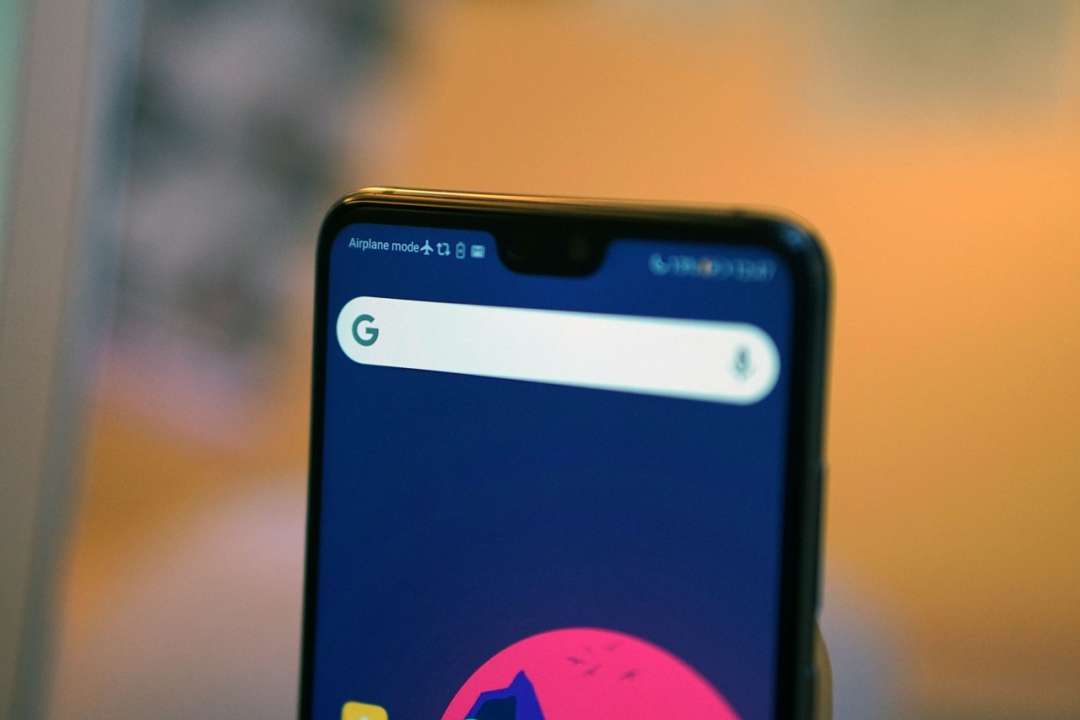
The Huawei P20 is definitely an eye-catcher The slim, sleek and mirror finish of the phone feels great and is amazing to hold. But the color and build do have its disadvantage — it’s a fingerprint magnet. It may be a deal-breaker for someone but I don’t have any problems in wiping my phone time to time. Plus, you won’t really notice the back when you’re using it.
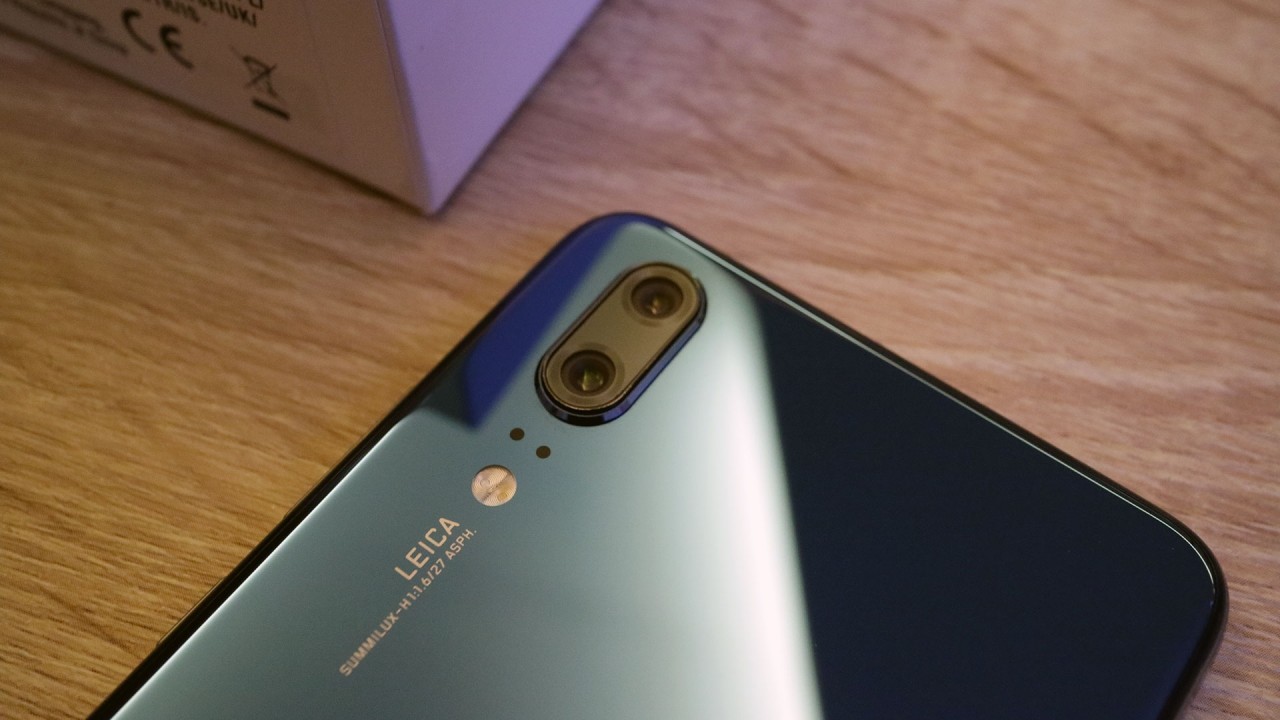
As with every phone in 2018, the P20 sports the unpopular notch. The notch, however, is pretty small compared to the likes of the iPhone X and Huawei made sure that you can hide it with a tick of an option in the settings.
But there’s a design feature that I really didn’t like in the P20 — the combination of a front home button and the notch. The notch was made to create an illusion of an all-screen phone but if you’ve decided to add a home button at the front of the phone then why would you have to put one? Shouldn’t Huawei just go with the equal space at the front and back like the Razer Phone and Pixel XL? It doesn’t make sense. But hey, at least you have the 2018 notch and a fingerprint sensor at the front so you won’t have to pick it up for you to use it.
Aside from the notch issue, the display and quality of the P20 are great. It doesn’t use the P20’s OLED panel but the IPS RGBW panel that boasts a 1,080 x 2,244 resolution is more than enough for multimedia — it’s bright even under sunlight and has vibrant colors that will surely make you watch countless hours of videos.

There are also extra features to take advantage of this screen. It has the ability to automatically change the white balance of the display according to your surroundings ala True Tone on the iPhone. Plus, you can switch between normal (sRGB) for accurate colors or vivid (DCI P3) mode if you want more colors out of it. You can also change the resolution like the Samsung S9 to save battery life.
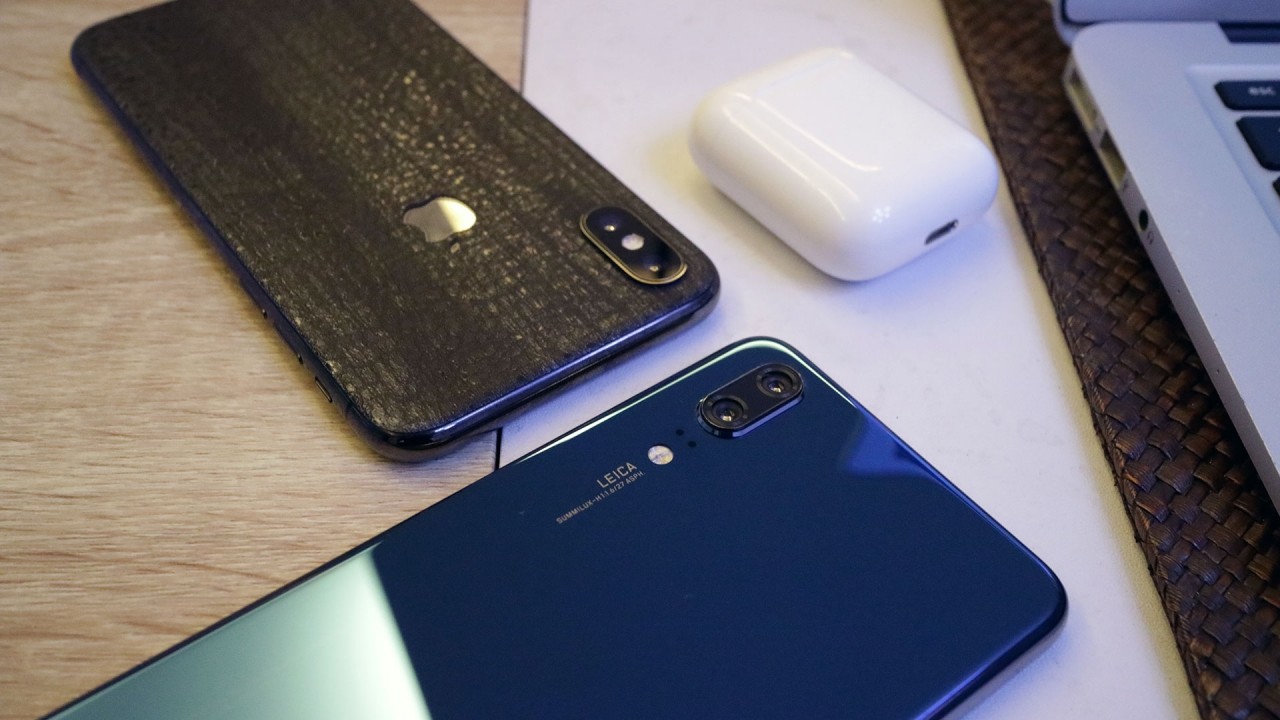
It’s not the best display and will not compete with Samsung’s Galaxy S9 or the iPhone X but as a mid-range phone, it’s more than enough to satisfy.
Just like the older P10, the P20 has the same dual-camera setup: a 12MP RGB sensor with f/1.8 aperture and a 20MP monochrome sensor with f/1.6 aperture. Basically, the RGB sensor takes the color information and combines it with the monochrome that is generally in charge of the details and contrast to create stunning photos.
The front camera, however, gains a huge upgrade. It is now 24MP from the previous 8MP of the P10 albeit sacrifices the aperture from f/1.9 to f/2.0. This is an understandable upgrade as you would want more details when taking a selfie.

Although the camera is great in the spec sheet, I found myself a little bit disappointed with the photos the P20 was able to take. The images are somewhat soft, lacking in sharpness and I think that they are overprocessed compared with my daily driver iPhone X. Here are some comparisons.
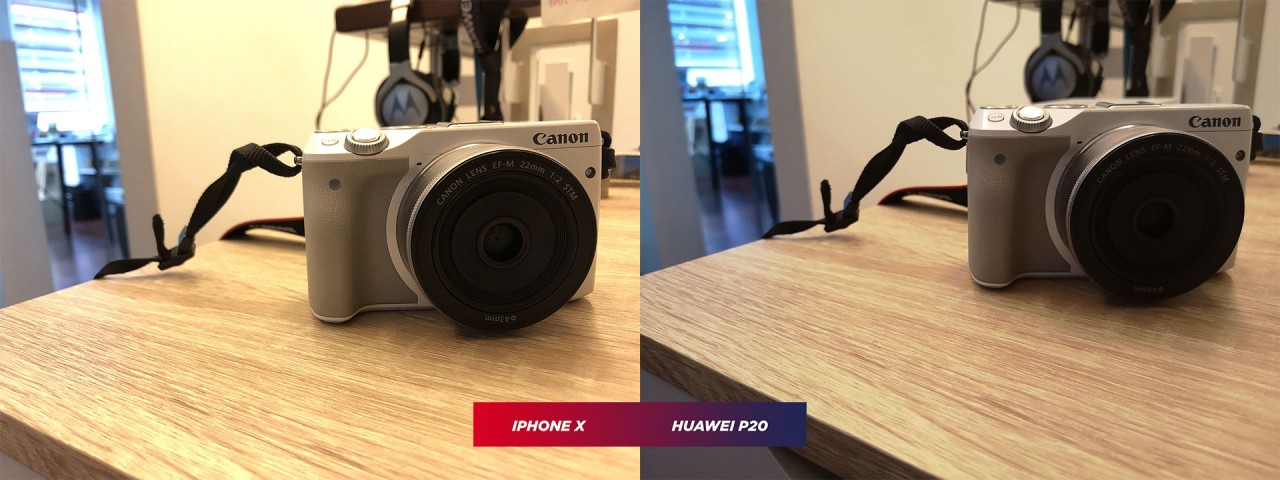

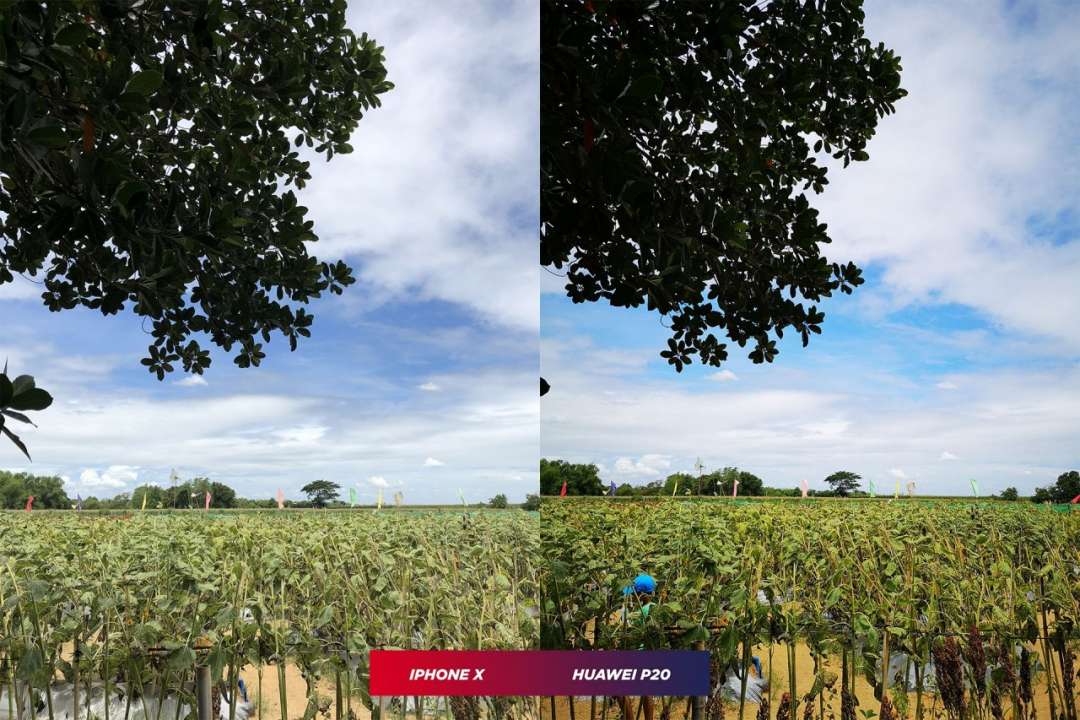
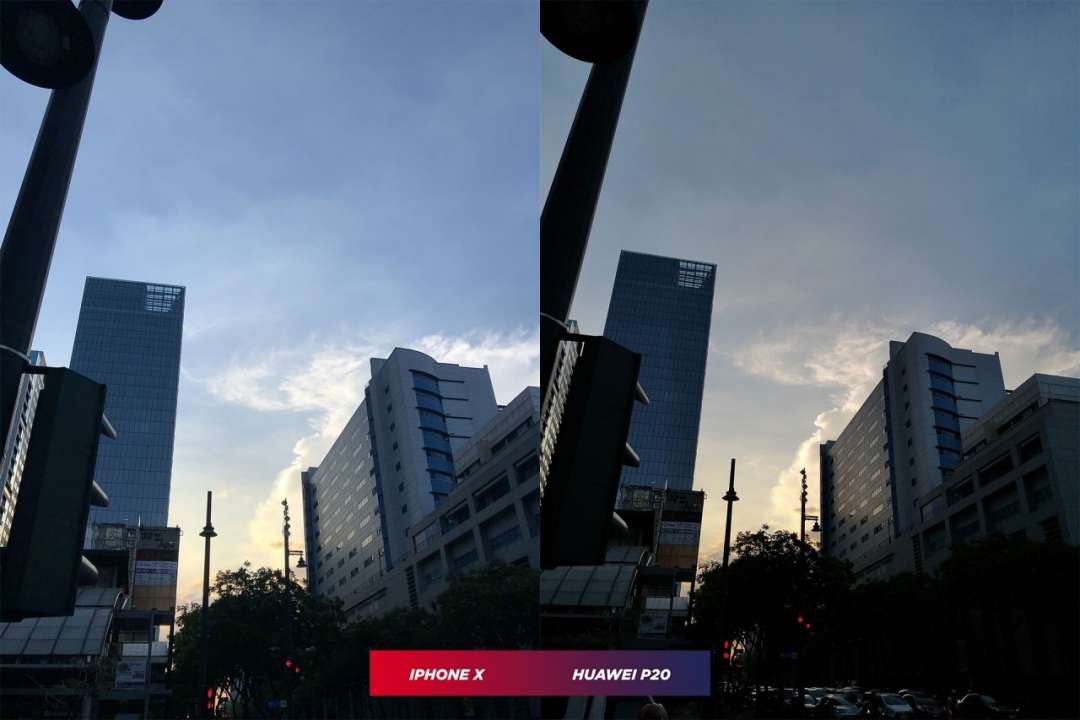

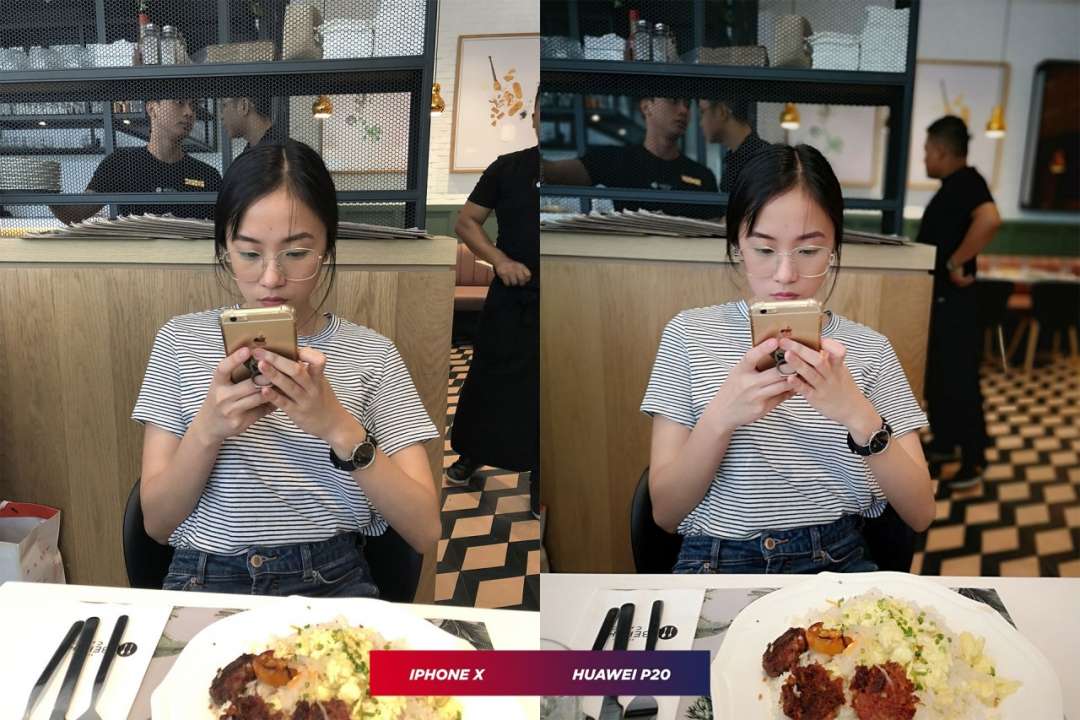
As mentioned in the specifications above, the Huawei P20 is really competitive in the mid-range market. I was surprised by how fast and responsive it was all the time and it covers the 3rd party apps too, not just the stock apps. The fingerprint speed was so fast that I really wish it was also available on the iPhone X. The Face Unlock feature was good even though I’m a bit skeptical because it does not pack the usual specs of Face ID. Even though I’m disappointed on the camera, I’m amazed at how it feels snappy.
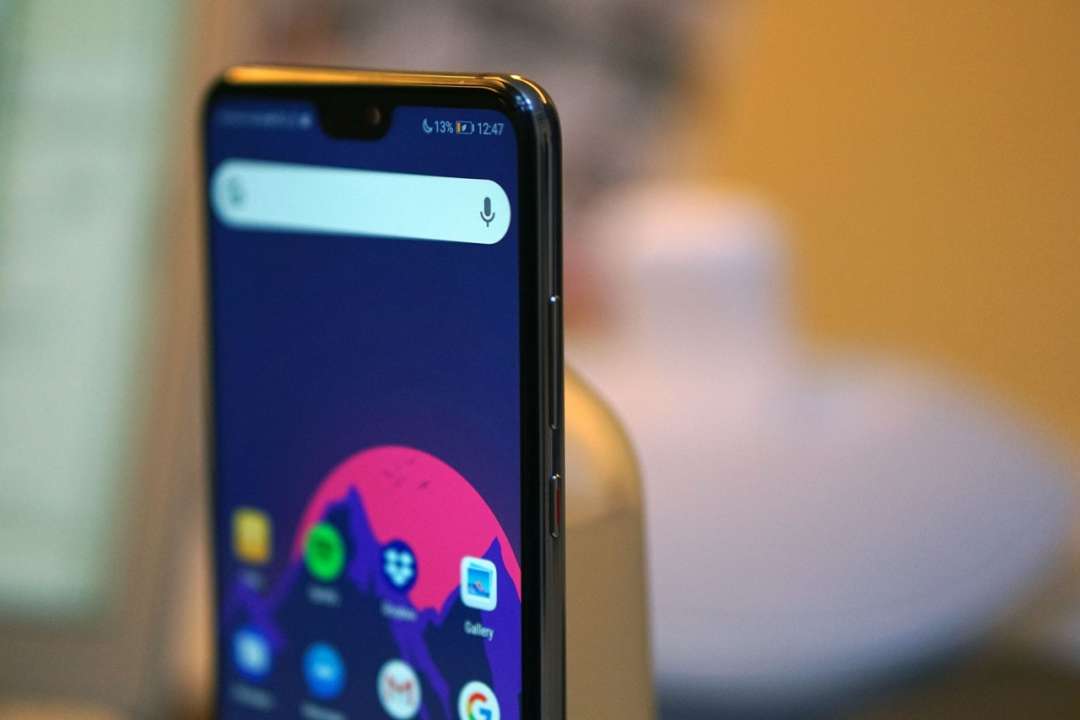
Battery life is okay and not that achieving. It will surely last you a day and a half on normal-usage but I always find myself looking for a charger when I’m playing video games and watching YouTube videos. Multi-tasking is a breeze and won’t refresh apps often and not once you’ll experience any slowing down in normal, day-to-day use.

One thing that is holding me back on switching to the P20 is it’s operating system. Although it is updated to the latest Android 8.1 Oreo, it comes with a customized EMUI 8.1. Don’t get me wrong, EMUI is simple and clean, it even has some cool features like the floating dock and split screen but I’m really a fan to the naked Android Experience. EMUI is unappealing but the cool added features that it brings is the redeeming factor and if you’re okay with how it looks, I really recommend this phone. Otherwise, just slap on a launcher and you’re good to go.
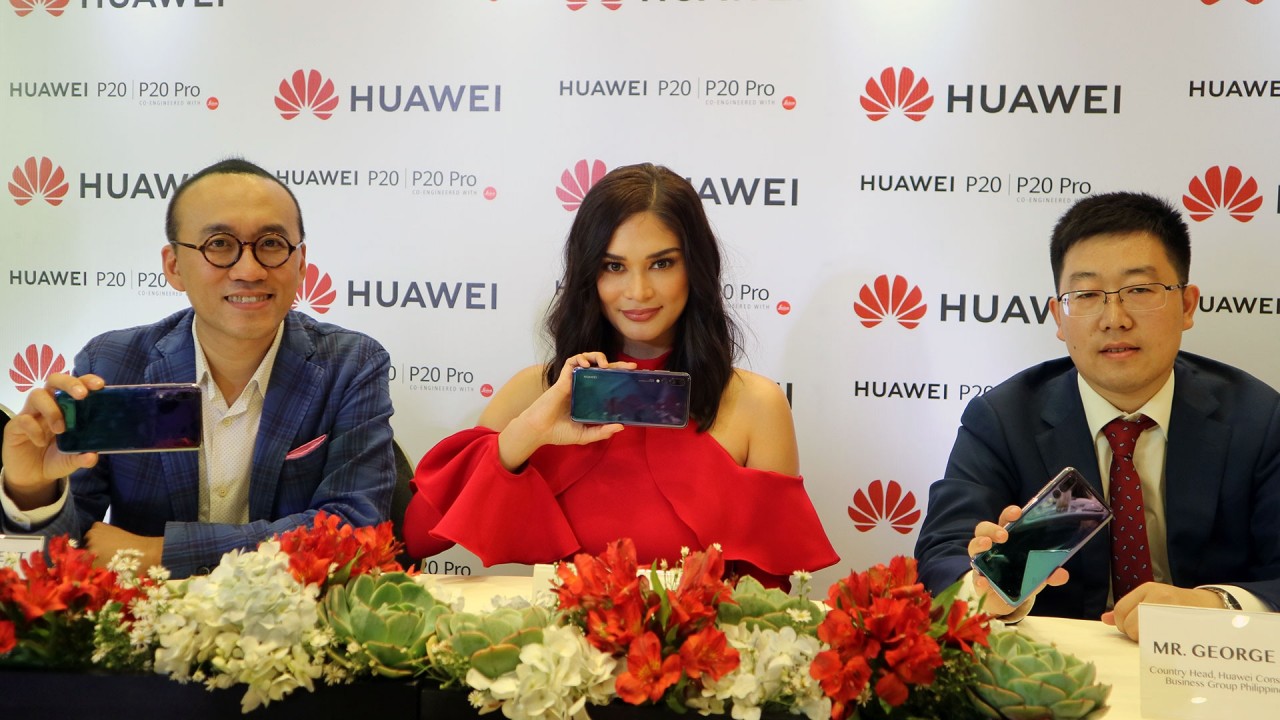
Coming from the P10, the Huawei P20 has made a pretty significant jump even though it’s not the greatest of the P20 lineup. But that doesn’t necessarily mean that you should go ahead and buy the P20 Pro. The P20 for me is a better phone when it compared to the P20 money-to-specification ratio. It’s pretty much the P20 Pro without the 3rd camera and a less but still viable display. If you want to have the best bang-for-the-buck smartphone in Huawei’s P20 series, I think the P20 is the way to go.
